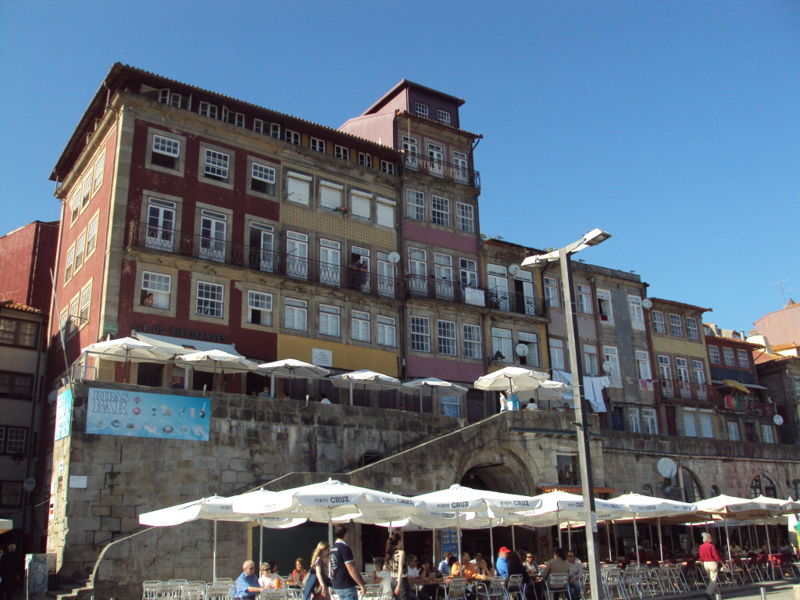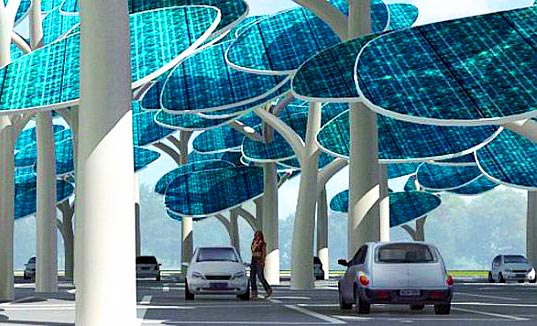- Greening as a new Planning Strategy for Shrinking Cities? The example of Detroit
"Greening“ is a new planning approach of spatial planning to solve the problems of shrinking cities. The concentration of growth, which results primarily from the prevailing planning process as well as the values and market orientation of the population, had far-reaching consequences, in particular for old industrial cities. To respond to the burdens of shrinkage, new planning tools are needed. The methods and practices of greening are one of the latest strategies to revitalization and sustainable development of cities, as well as an approach to move away from the one-sided focus on growth in the U.S.
In conjunction with deconstruction methods, greening is utilized as a measure of strategic urban shrinkage - in the sense of a "shrinking smart“ strategy and other approaches such as participation, key projects and revitalization measures, target group strategies and smart growth. Greening provides a possibility to respond to the financial and economic crises of shrinking cities, as well as the challenges of climate change.
Primarily as a tool for sustainable urban development, urban agriculture is currently gaining in importance. In shrinking cities such as Detroit urban agriculture is meaningful in particular for producing food and non-food products on vacant lots, open spaces and in closed buildings.
The movement of urban farming in Detroit is unique in its extent today. There are hundreds of registered and unregistered community gardens on vacant lots in residential areas, gardens and on parking areas.

-
Lines of Development of Urban Shrinkage. Case the City of Porto, Portugal
The goals of the inner city renewal are defined in this way that revitalization by resettlement, the promotion of commercial activities, a structuring of the public space and an intensification of touristic, cultural and leisure activities should be established.
Towards the key objective of recovering the partly emptied city centre, the focus of interest is on families and younger people. These groups should relocate to vacant areas and provide catalysts for inner city development. It is noteworthy that the target group of young graduates, young couples and middle-aged groups is wide ranged indeed. Vacant retail spaces on the ground floors of many buildings shoul be reactivated by establishing shops, especially of Port Wine, other regional products and also jewelry. In this context the creative potential of immigrants (for example from Brasil, China, Africa, East-europe) should be utilized and also their integration supported.
Also with regard to infrastructure, it shall be implement improvements of the telecommunications network and gas supply should be improved together with the controlled elimination of dirty water and precipitation water in separation system. Moreover, measures to improve the mobility in the old city centre and a road-accompanying tree plantings should be implemented. The streets inside the ZIP shall be largely freed from the stationary traffic and travel by bikes or on foot should be promoted.








